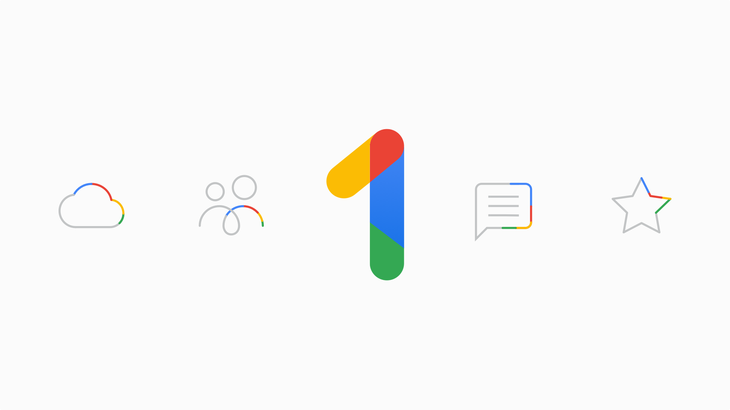Google One Launched : Replacing Google Drive?

In May 2018, Google had announced its new cloud storage product Google One and had been working on it for past few months. Finally, it has launched Google One, on the 15 August of this year. The ones, who have already used Google Drive, might know that Google provides you with 15 GB of free storage on Google Drive and after 15 GB, you have to pay for more storage.
Google One is similar to Google Drive and is a paid cloud storage provided for the users all over the world. No! It is not replacing Google Drive, but, Google Drive will be upgraded to Google One after its 15 GB free plan with some added perks for its Consumer.
1) Increased Data Storage: Google has been working on its newly launched Google One for a quite some time now and, has already been updating the Google Drive’s paid user’s subscriptions for the last few months. Google has come with many subscription plans, according to the user’s requirements and, that too at a good price.
The monthly plan of Google One starts with 100 GB of storage for $1.99, followed by 200 GB tier for $2.99, a 2 TB option for $9.99 and the plan ends at 30 TB of storage that will cost $299.99. Interestingly, Google has reduced the price of 2 TB storage by $10, i.e. $9.99 that was the previous price of 1 TB storage. The consumers can subscribe to any of the plans according to their need. Also, the subscription can be shared with five of the family members without paying any extra money and equal storage for all of them.
2) Customer Support: This time Google has also come with a one-tap help button, that is for the live-customer support. Meaning that the Google users can connect with the real experts, for their queries related to any Google product, instead of any AI chatbots. The customer-support will be available 24/7 and, you can contact them via a phone call or through an e-mail.
Right now, Google One is only available in the US. But, it will soon be rolling out for the consumers across other countries too. Also, the G-Suite users with the business account will get no additional benefits and their plans will remain as it is.
Google has come with some other perks for its subscribers and, will offer credits on their purchase on Google Play and Google Express. Also, if the user will search and book the Hotels through Google maps, they can earn good deals on the bookings.
So, now you can share more data like high-resolution pictures, 4K videos, documents with your family and friends with any of the above-mentioned subscription plans. And, if you are not a US citizen, you have to wait for sometime. Google is also working on launching an app for the users, to help them choose for their easy subscription to the different plans. So, hopefully, the app and Google One will be launched together in the other countries soon.

Yashica is a Software Engineer turned Content Writer, who loves to write on social causes and expertise in writing technical stuff. She loves to watch movies and explore new places. She believes that you need to live once before you die. So experimenting with her life and career choices, she is trying to live her life to the fullest.






